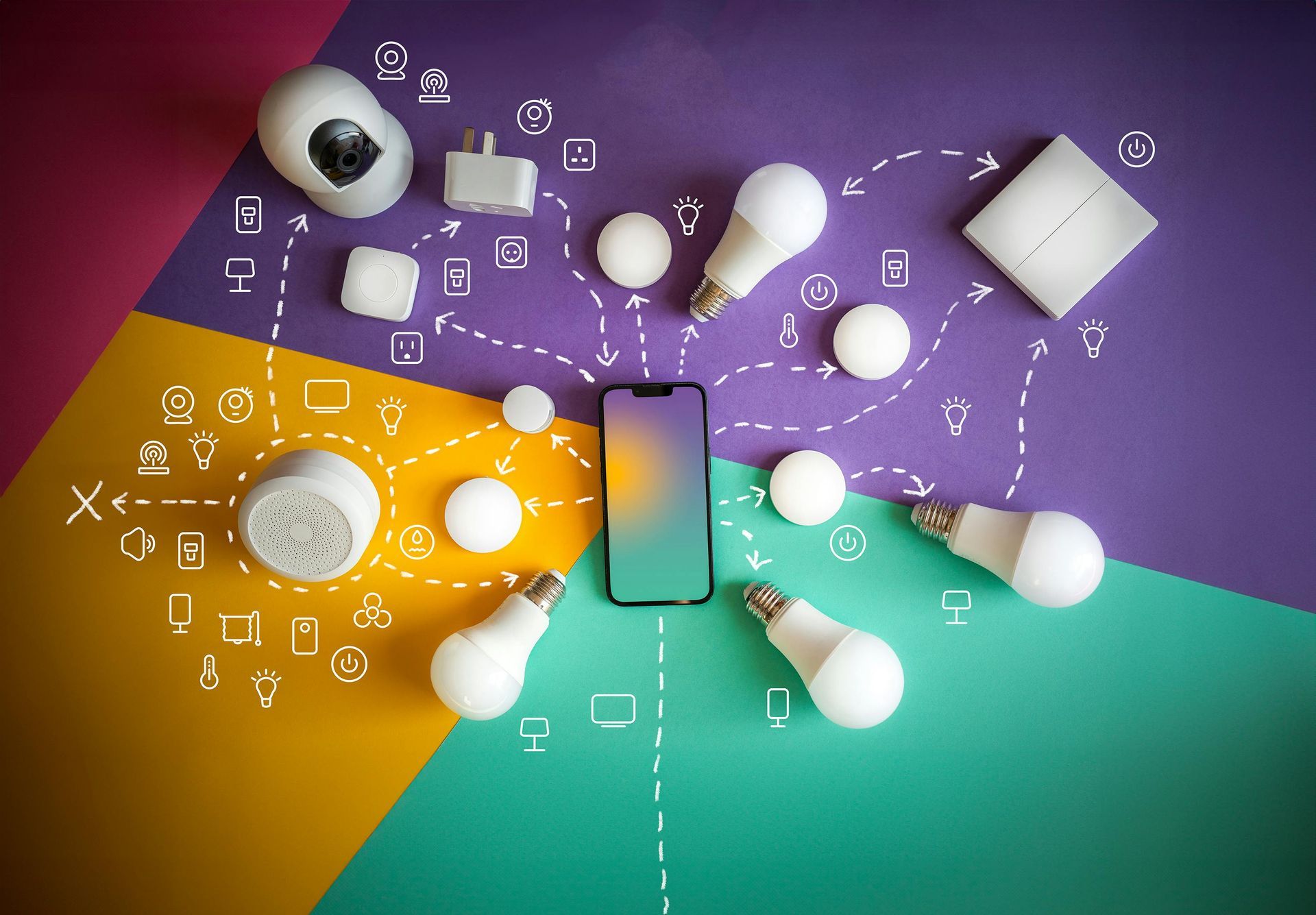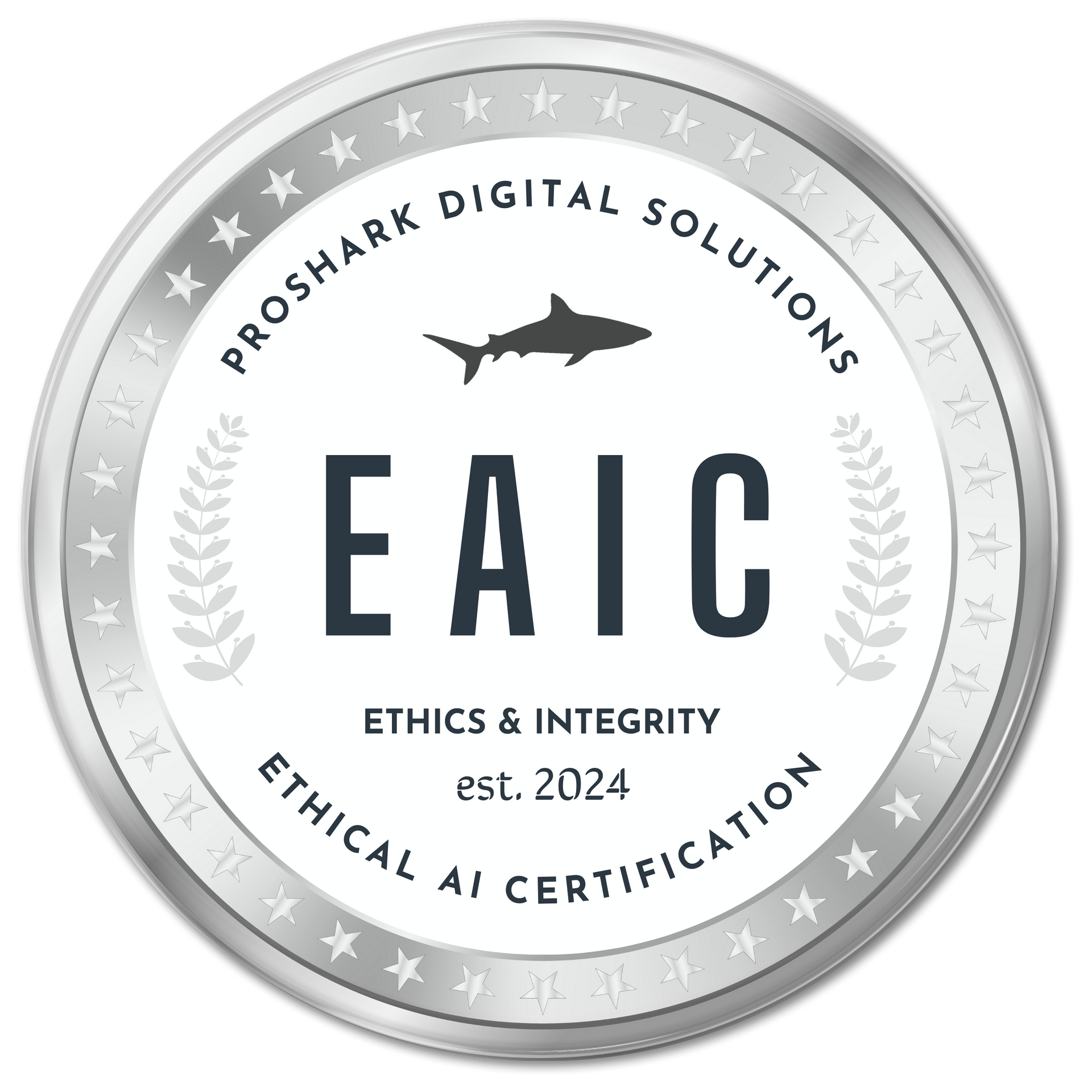How Businesses Can Leverage Data and Automation to Maximize Marketing Impact

The End of Guesswork in Marketing
Marketing has always been about understanding customers, anticipating their needs, and delivering the right message at the right time. But in today’s digital world, relying on intuition alone is not enough.
Businesses that still make marketing decisions based on assumptions are losing out to competitors who harness the power of data-driven marketing automation.
Why?
- Consumers expect personalization. One-size-fits-all marketing is outdated.
- Competition is fierce. Every business fights for customer attention online.
- Manual marketing is inefficient. Without automation, campaigns lack speed, scale, and precision.
Data-driven marketing automation eliminates guesswork and ensures that every marketing dollar spent delivers higher returns.
1. What is Data-Driven Marketing Automation?
Data-driven marketing automation combines real-time analytics, machine learning, and AI-powered tools to optimize campaigns, improve engagement, and drive conversions without constant manual intervention.
Key components of data-driven marketing automation include:
- Customer segmentation based on behavior and preferences
- Automated email and social media campaigns triggered by user actions
- AI-driven ad targeting for precision marketing
- Predictive analytics to forecast campaign success
- Real-time performance tracking for continuous optimization
The goal is simple: deliver personalized, data-backed marketing campaigns that convert more customers while reducing manual effort.
2. Why Traditional Marketing Falls Short
Businesses that still rely on traditional marketing tactics often experience:
- Low engagement rates due to irrelevant messaging
- Wasted ad spend on broad, untargeted campaigns
- Slow campaign execution with manual processes
- Limited visibility into what works and what does not
- Inconsistent customer journeys due to lack of personalization
Marketing should be smart, agile, and adaptive—not a slow, manual process that fails to reach the right audience at the right time.
3. The Power of Data in Marketing Automation
a) Customer Segmentation for Targeted Campaigns
Instead of sending generic marketing messages, businesses can use AI-powered segmentation to categorize customers based on:
- Demographics (age, location, industry)
- Browsing and purchasing behavior
- Engagement history (email opens, ad clicks, social interactions)
- Stage in the buyer’s journey
For example, an e-commerce brand can target:
- First-time visitors with a welcome discount
- Cart abandoners with a reminder email and urgency offer
- Loyal customers with exclusive deals and VIP access
b) Predictive Analytics for Smarter Decision-Making
Predictive analytics uses historical data and AI algorithms to forecast customer behavior and optimize campaign timing, messaging, and budget allocation.
For example:
- If data shows that most users engage with emails at 9 AM on weekdays, automation schedules emails accordingly.
- If a customer is likely to churn, the system can send personalized re-engagement offers.
Marketing decisions should be based on data, not guesswork.
c) AI-Powered Ad Targeting
Traditional ad campaigns rely on broad audience targeting, leading to high costs and low returns.
Data-driven marketing automation uses:
- AI-driven lookalike audience targeting to find new high-value customers
- Retargeting campaigns for users who interacted with your brand but did not convert
- Real-time bidding algorithms to optimize ad spend for maximum ROI
This ensures that ad budgets are used efficiently to reach the right audience.
4. Automating the Customer Journey for Higher Conversions
A well-optimized marketing automation strategy maps out the entire customer journey, from awareness to purchase and beyond.
a) Automated Lead Nurturing with Email Marketing
Instead of sending one-off promotional emails, automated email sequences guide leads through a personalized journey.
Example workflow for a SaaS company:
- Welcome Email – Introduces the brand and its value proposition
- Follow-Up Email – Shares case studies and testimonials to build trust
- Offer Email – Provides a free trial or discount for first-time users
- Reminder Email – Creates urgency before the offer expires
Each email is triggered by user actions, ensuring a highly relevant experience.
b) Dynamic Content Personalization
Automated marketing platforms dynamically change website content, email copy, and ads based on user behavior.
For example:
- A returning visitor sees recommended products based on past browsing.
- A first-time visitor sees an introductory message explaining the brand.
- A frequent buyer sees a loyalty reward offer.
Personalization increases conversion rates and customer satisfaction.
5. The Benefits of Data-Driven Marketing Automation
a) Increased Efficiency and Productivity
Marketing automation handles routine tasks, freeing up teams to focus on strategy and creativity.
b) Higher Engagement and Conversion Rates
Personalized campaigns based on customer behavior and preferences drive more engagement and conversions.
c) Smarter Budget Allocation
AI optimizes marketing spend to focus on high-performing channels and campaigns.
d) Real-Time Performance Tracking
Marketers can monitor campaigns in real-time, making data-backed adjustments on the fly.
e) Scalable Marketing Operations
Automated systems scale effortlessly, handling thousands of customer interactions without additional workload.
6. Real-World Success Stories
E-Commerce: Increasing Sales with Automated Abandoned Cart Emails
A fashion retailer reduced cart abandonment by 35 percent using automated email sequences that reminded customers of their pending purchases and offered limited-time discounts.
B2B SaaS: Generating More Qualified Leads
A SaaS company used AI-driven lead scoring and automated email nurturing to increase trial sign-ups by 40 percent while reducing acquisition costs.
Enterprise: AI-Optimized Ad Campaigns for Better ROI
A global brand used AI-powered predictive analytics to allocate ad spend, resulting in a 25 percent higher return on investment compared to traditional ad targeting.
These businesses achieved real, measurable results by embracing data-driven marketing automation.
7. The Future of Data-Driven Marketing Automation
Marketing automation is constantly evolving. Emerging trends include:
- AI-powered chatbots for real-time customer interactions
- Voice search optimization for automated content marketing
- Predictive customer journey mapping
- Blockchain technology for secure customer data management
- Omnichannel automation that integrates email, social media, and ads seamlessly
Businesses that invest in advanced marketing automation now will gain a significant competitive advantage in the coming years.
Conclusion: Stop Guessing, Start Scaling
The days of trial-and-error marketing are over. Businesses that use data-driven automation achieve higher engagement, better conversions, and smarter marketing spend.
If your marketing still relies on manual processes, broad targeting, and gut feelings, it is time for an upgrade. Let data and automation work for you.
Are you ready to build smarter campaigns that drive real ROI?
All rights reserved © 2004-2024 Proshark • Privacy Policy • Messaging Policy • Terms of Service • Advertising TOU







